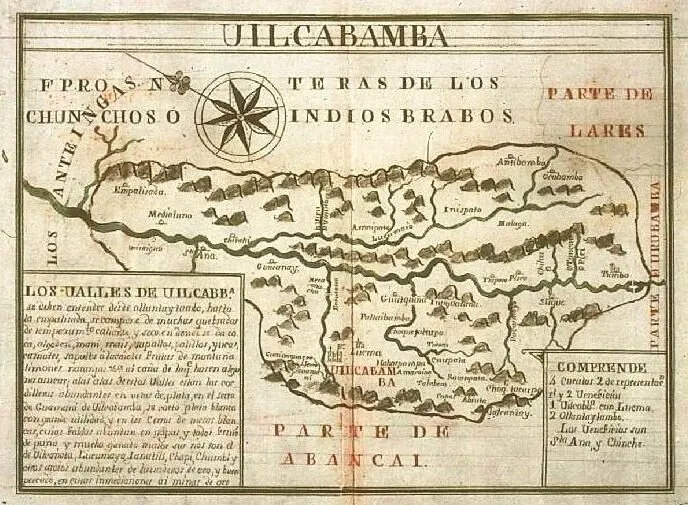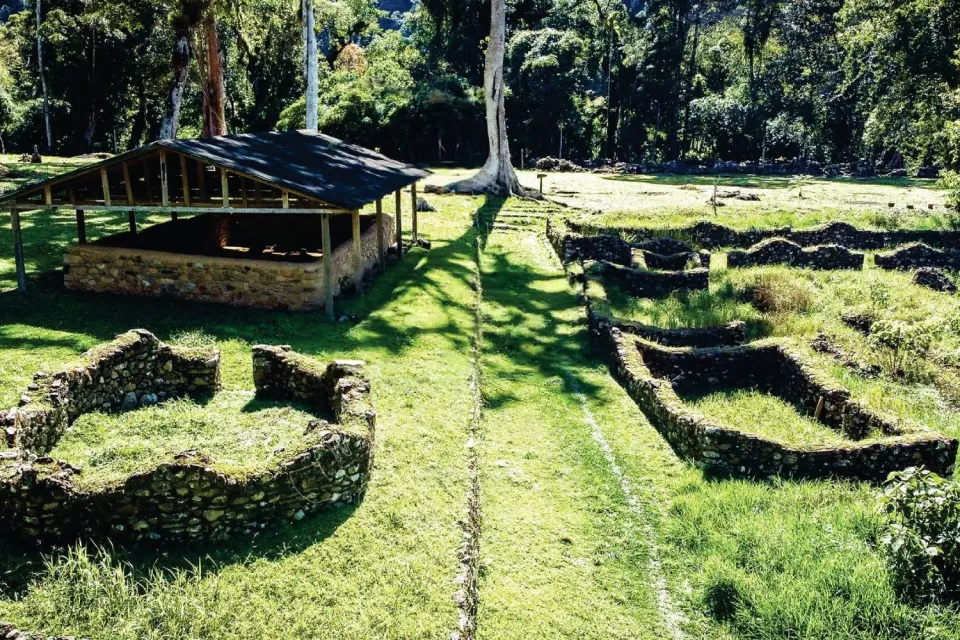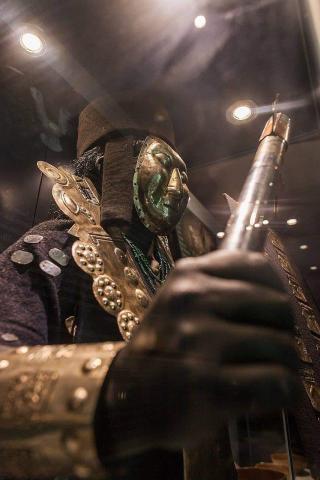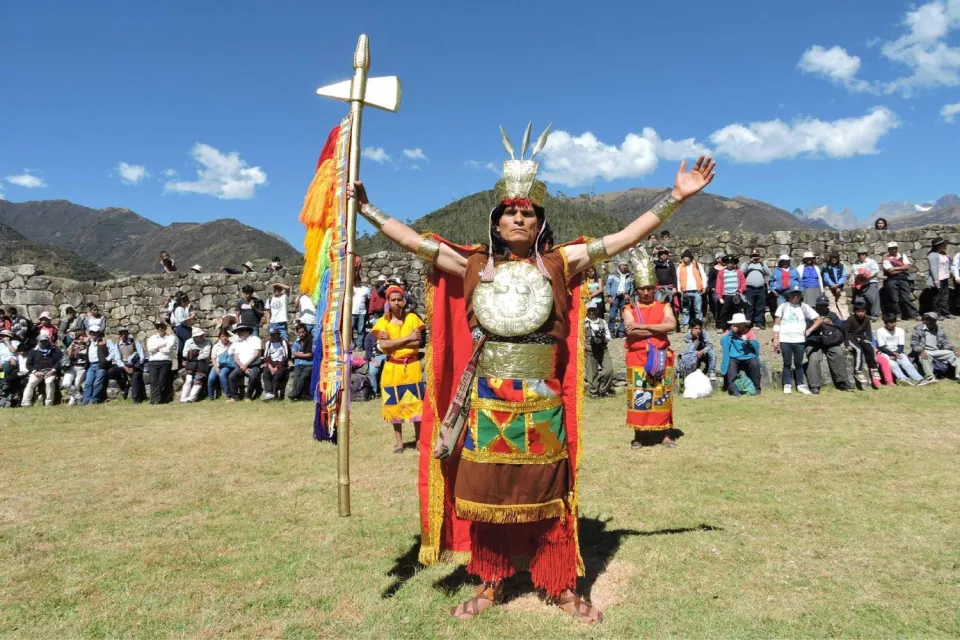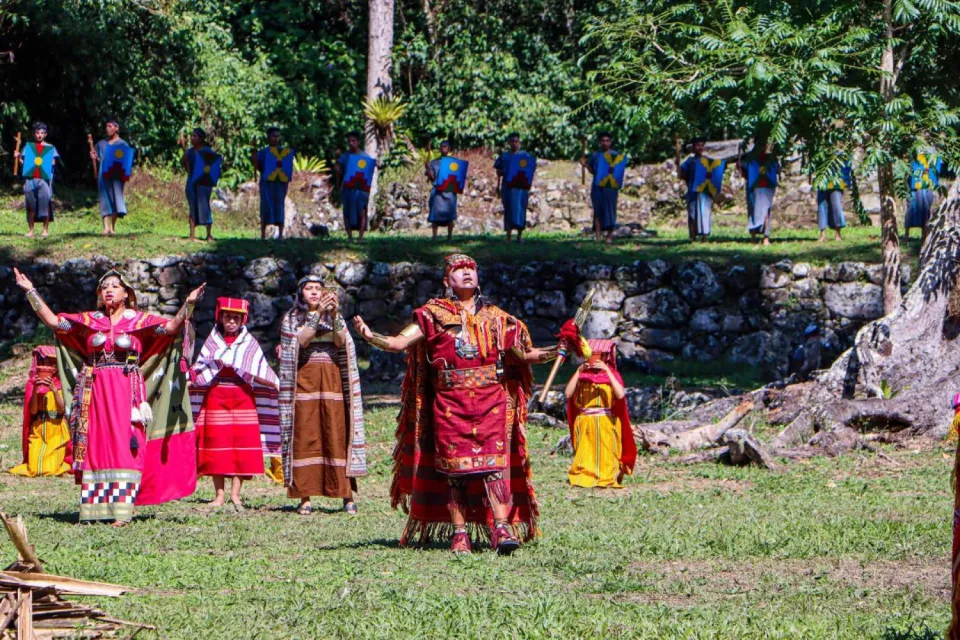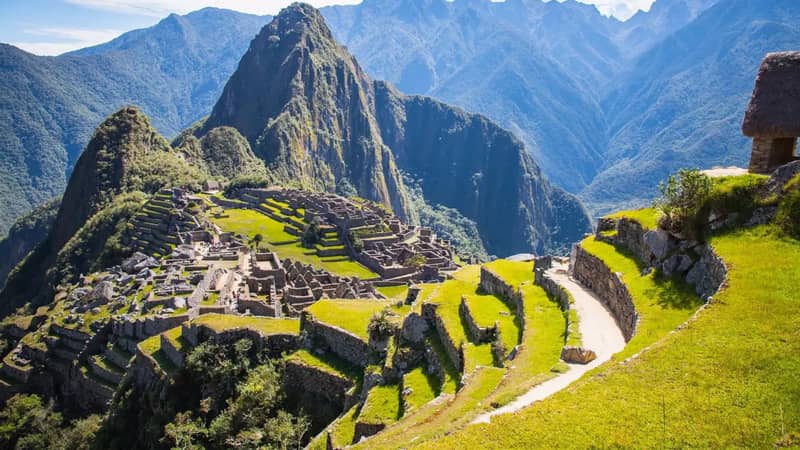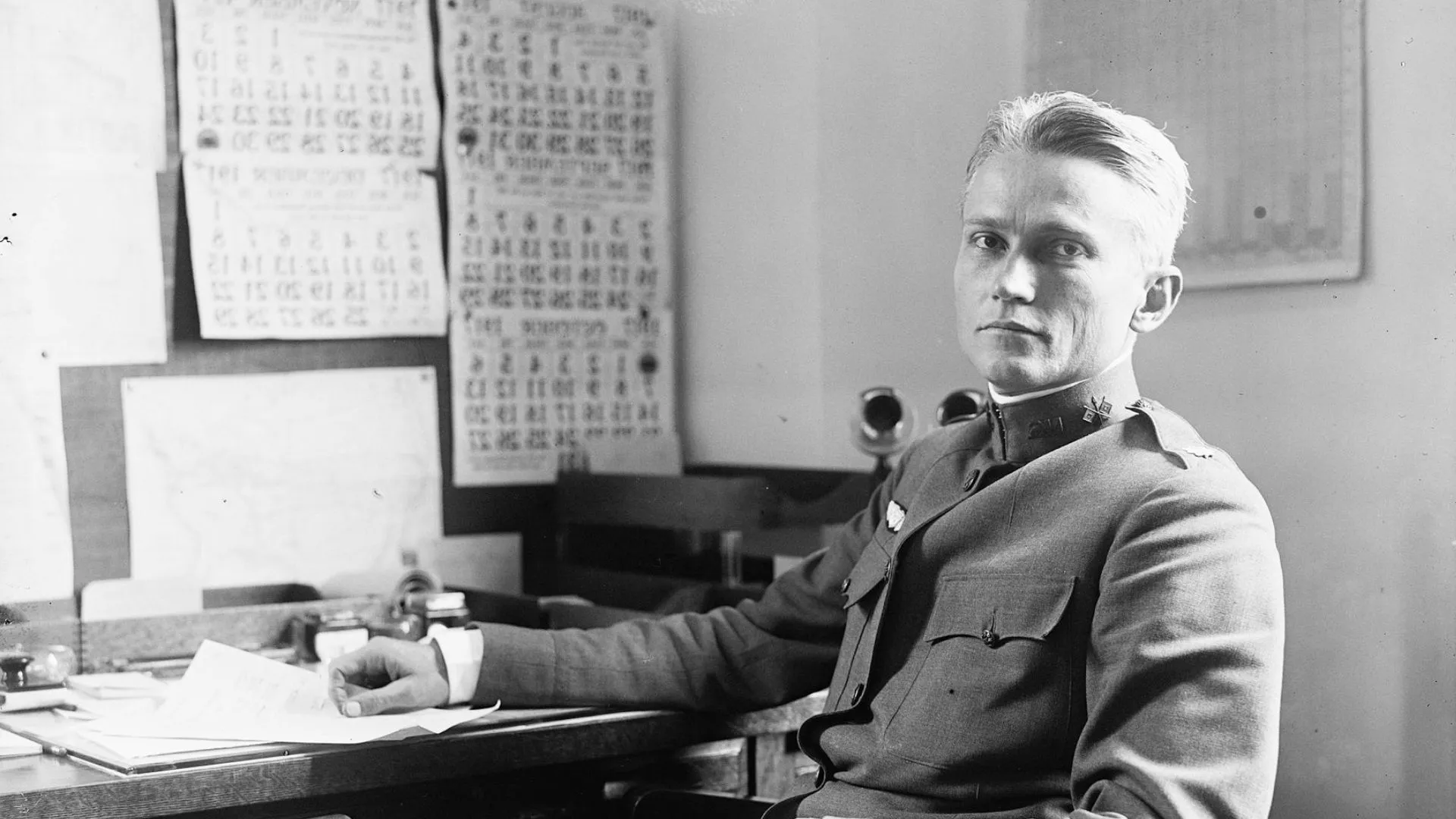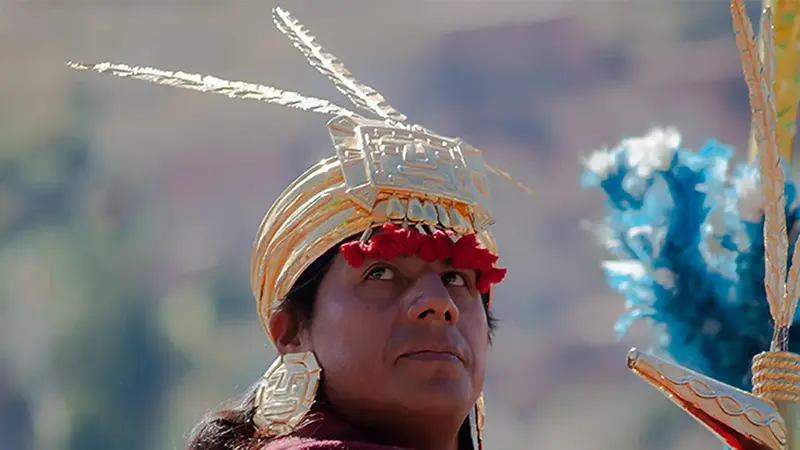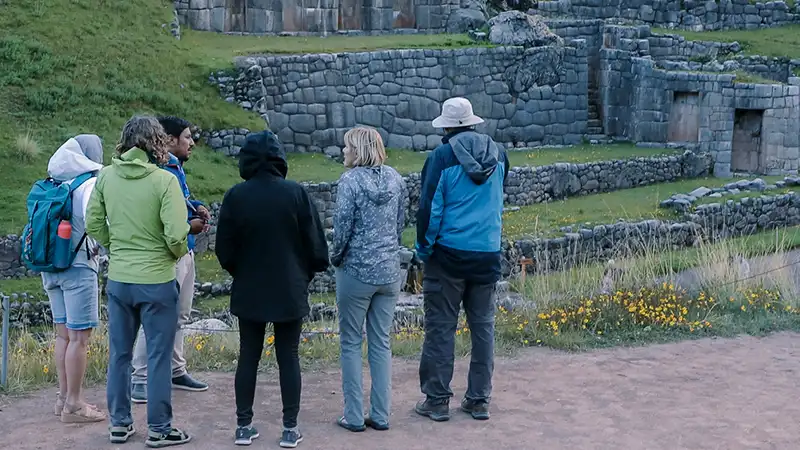What if I told you there was an Inca city that was deliberately burned and forgotten? The conquistadors wanted it to disappear from history, but they failed.
Espiritu Pampa is more than just an archaeological site; it is the final breath of a civilization that defied Spanish conquest. Do you want to uncover its secrets? Keep reading.
History of Espiritu Pampa
Before the Incas arrived, various ethnic groups like the Pilcozones and Paucarmayos inhabited the region of Spirit Pampa.
They actively hunted and practiced early agriculture, shaping the land long before the rise of the Inca civilization.
During the Inca Empire
In 1537, Manco Inca, leader of the last Inca resistance, sought refuge in the Vilcabamba jungle, establishing a base to continue fighting the Spanish.
By 1539, Vilcabamba had become the last stronghold of the Inca Empire, resisting Spanish attacks for over 30 years.
In 1572, Vilcabamba fell. The capture and execution of Túpac Amaru I marked the definitive end of the Inca Empire.
Discovery and Research
Before leaving, the Spanish deliberately burned the city, attempting to erase its existence. As a result, it remained hidden for centuries.
Then, in 1909, explorer Hiram Bingham arrived, convinced he had found the legendary lost city of the Incas.
Decades later, in the 1980s, researchers Gene Savoy, Vincent Lee, and John Hemming carefully studied the site and concluded that Spirit Pampa was, in fact, the historic Vilcabamba—the last stronghold of Inca resistance.
More recently, in 2011, archaeologists uncovered evidence of the Wari civilization in Spirit Pampa.
This discovery revealed that the city had thrived long before the Incas, adding yet another layer to its rich history.
Among the significant findings was the Lord of Vilcabamba, an elite Wari burial containing gold and silver artifacts, fine ceramics, and ritual objects.
Both the Wari and the Incas considered Spirit Pampa a sacred place. Today, it remains relatively unknown due to its remote location.
What Does Espiritu Pampa – Vilcabamba Mean?
The term Espiritu pampa, is the combination of two Quechua terms that means plain of the spirits.
While the term Vilcabamba comes from the Quechua “Willca” which means “sacred plain” or “sacred place”.
Where is Espiritu pampa and how to get there?
Espiritu Pampa is located in Vilcabamba district, La Convención province, Cusco, about 150 km northeast of Cusco city. There are different routes to reach the site:
- Old Route: Cusco – Quillabamba – Kiteni – Chuanquiri – Chontabamba, followed by a three-hour hike.
- Short Route: Cusco – Chaullay Bridge – Vilcabamba, with vehicle access to the site.
- Inca Trail Route: From Vilcabamba, passing through several archaeological sites before reaching Spirit Pampa—perfect for trekking enthusiasts.
Architecture and Main Attractions
This archaeological site has a great extension, the constructions that compose it have an Inca architectural style, since all these constructions are on terraces or platforms.
In this place you can also find simpler places that belong to the Wari culture. Here we highlight the main ones:
The "D" Temple
This D-shaped structure, made of flagstone and white granite, stands out for its unique design. Two prominent columns frame the entrance, resembling a doorway.
Furthermore, experts believe the site once served as an astronomical observatory or a sacred space where the Incas conducted important ceremonies.
This theory adds to the site's historical and spiritual significance, making it a fascinating landmark within Spirit Pampa.
The Main Plaza
Central space surrounded by trees, this place is a combination of open spaces and architectural structures in the shape of a “D”.
Yuraq Rumi
A platform carved in white stone, considered the most important sacred huaca of Vilcabamba.
The term means "white stone," and it is also known as "Ñusta Hispana," which means "where the ñusta urinates."
In this place they made offerings, ceremonies and rituals to the sun god during the solstices and equinoxes.
Sacred Huaca
A large granite rock, used for ceremonies and offerings in Inca times, stands north of the main square of Espiritu Pampa Negro.
Spirit Pampa’s Residential Area
This group consists of rectangular and square enclosures used for domestic and social activities.
The most representative enclosure is a workshop where you can see the bases that once supported ceramic vessels or tianas.
House of Titu Cusi Yupanqui
It was the residence of Titu Cusi Yupanqui, son of Manco Inca and one of the last Inca rulers who led the resistance against the Spanish.
This house stands out for its Inca architecture with stone walls and well-preserved enclosures.
Experts believe that it served as a space for government and strategy, where Titu Cusi organized his defense and negotiations.
Chontabamba
This set consists of platforms, stepped platforms, and rectangular and quadrangular enclosures.
Most of its structures are buried and it is only 10 km from the main square.
Some of the sites near Espiritu Pampa are on the Inca trail, a route that linked the Tahuantinsuyo.
The Lord of Vilcabamba
The archaeologist Javier Fonseca Santa Cruz discovered it in 2011, and experts consider it the most important finding of the Wari culture.
This figure belonged to the high elite and likely ruled Espiritu Pampa. Alongside him, archaeologists found various objects such as:
- A silver pectoral
- A silver mask
- Two gold bracelets
- An axe and a wooden staff covered in silver
- 687 beads made of different materials
- 230 silver plates
- 5 silver disks
Flora and Fauna of Espiritu Pampa
The biodiversity of the area is impressive. You can find species such as:
| Flora | Fauna |
| Orchids | Cock of the rock |
| Andean pine | Tigrillo |
| Cedar | Whistling monkey |
| Palo santo | Amazon parrot |
| Ferns and mosses | Samani (rodent of the region) |
Climate and Best Time to Visit
Espiritu Pampa has a warm tropical climate, with temperatures between 14°C and 32°C in high season.
This beautiful place does not have winter, since in the rainy season the temperature varies between 12°C and 28°C..
It can be visited all year round, but the best time is between April and October, when there is less rain.
However, if you visit during the rainy season you will find this archaeological site with incomparable vegetation and no tourists.
Outdoor Activities
- Trekking: Follow the Inca Trail to Espiritu Pampa.
- Birdwatching: Spot exotic species like the Andean cock-of-the-rock.
- Archaeological exploration: Discover ancient temples, plazas, and burial sites.
- Photography: Capture breathtaking landscapes and historical ruins.
Gastronomy of Espiritu Pampa
You can't miss the gastronomy of Espiritu Pampa, here we leave you some of the typical food and drinks:
- Cuy al palo (grilled guinea pig)
- Fried paco fish with yuca
- Cancacho (roast chicken or pork)
- Banana soup with chicken
- Coca tea, local coffee, and artisanal chocolate
Travel Tips
- Wear lightweight, long-sleeved clothing.
- Wear appropriate footwear for trekking
- Stay hydrated constantly.
- Do not forget your hat, sunglasses, sunscreen and repellent
- Respect the flora and fauna of the place.
- Have your camera ready for unforgettable shots.
Cultural Festivals
Inti Raymi in Vilcabamba (June)
This is an ancestral celebration dedicated to the sun, a fundamental deity in the Inca cosmovision.
This festivity is very similar to the one held in Cusco, this is done in order to pay homage to Inti, the sun god.
The festivity includes the entrance of the four suyos, chicha and coca rituals, colorful traditional dances and the simulation of the sacrifice of a llama evoke ancient Inca practices.
It is also a moment of encounter for local communities and visitors, who can experience up close the cultural and spiritual richness of this sacred event.
Reenactment of Túpac Amaru I’s Capture (June)
Every year in June, the capture of the last Inca of Vilcabamba, Tupac Amaru I, is staged at the archeological site of Espiritu Pampa.
This activity seeks to commemorate the Inca resistance and their historical legacy, attracting both local people and visitors interested in Andean history.
Frequently Asked Questions
- What are the closest attractions to EspirituPampa?
Nearby natural sites include Madera Verde Ecolodge, Sambaray Pools, Seven Tinajas, and Illapani Waterfalls.
- What was Espiritu Pampa known as in ancient times?
In ancient times, Espiritu Pampa was known as Vilcabamba la Vieja or Vilcabamba la Grande. Between 1536 and 1572, it was the capital of the last Incas who resisted the Spanish conquest.
- How old was the Lord of Vilcabamba?
According to archaeological research, it is estimated that the Lord of Vilcabamba was between 25 and 35 years old at the time of his death.
Espiritu Pampa is more than a lost city; it is a testimony of Inca and Wari greatness. Its history, nature and mysteries are waiting to be discovered; dare to explore this enigmatic destination!
If you love the jungle, this is your chance to explore Espiritu Pampa, a unique place full of challenges and natural beauty.
Discover breathtaking landscapes and immerse yourself in an unforgettable adventure, where every corner will connect you with history and nature.
Let yourself be enveloped by the energy of the environment and live an experience that will make you want to stay, dare to explore Espiritu Pampa!

